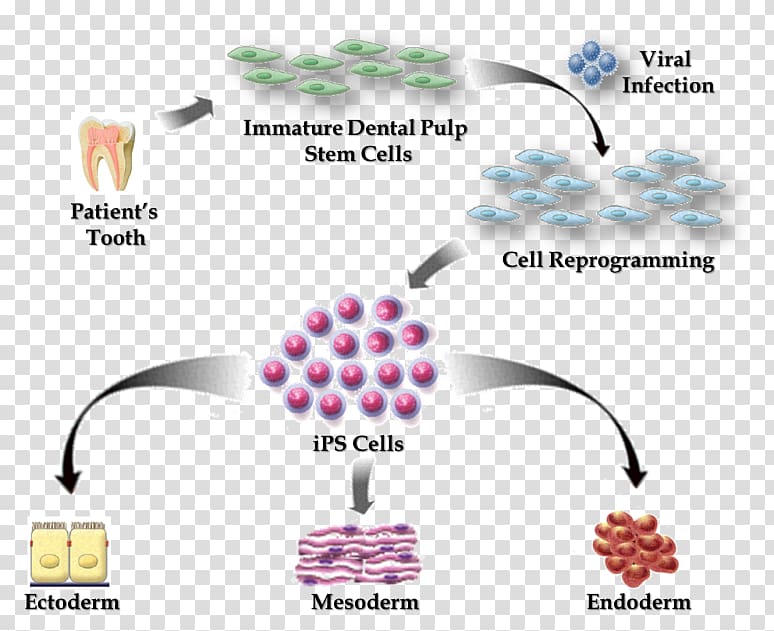
Adipose tissue-derived stem cells (ASCs) are therefore considered highly promising in present-day regenerative medicine.Īdult stem cells Cell differentiation Cell therapy Clinical application Embryonic stem cells Extracellular vesicles Fetal stem cells Induced pluripotent stem cells Multipotent cells Progenitor cells Regenerative medicine Tissue engineering Totipotent cells.Ĭopyright © 2018 Elsevier Inc.

However, adipose tissue seems to be the most advantageous tissue from which to isolate them, because of its abundancy, its subcutaneous location, and the need for less invasive techniques. These cells are present in practically all tissues in the organism. Moreover, adult stem cells can be used in autogenous form. they are capable of differentiating into only a limited quantity of specific cell types, these cells are able to overcome the ethical and legal issues accompanying the application of embryonic and fetal stem cells and the mutational effects associated with iPSCs. Although adult stem cells have lower potency than the other three stem cell types, i.e. embryonic tissues, fetal tissues, adult tissues and differentiated somatic cells after they have been genetically reprogrammed, which are referred to as induced pluripotent stem cells (iPSCs). There are four main sources of stem cells, i.e. Since the regenerative effect of stem cells is based mainly on the autocrine production of growth factors, immunomodulators and other bioactive molecules stored in extracellular vesicles, these structures can be isolated and used instead of cells for a novel therapeutic approach called "stem cell-based cell-free therapy". For cell therapy, stem cells can be injected directly into damaged tissues and organs in vivo. When seeded on synthetic or nature-derived scaffolds in vitro, stem cells can be differentiated towards the desired phenotype by an appropriate composition, by an appropriate architecture, and by appropriate physicochemical and mechanical properties of the scaffolds, particularly if the scaffold properties are combined with a suitable composition of cell culture media, and with suitable mechanical, electrical or magnetic stimulation.

Therefore, these cells have great potential in advanced tissue engineering and cell therapies. They are able to renew their populations and to differentiate into multiple cell lineages. Perinatal stem cells these are found in amniotic fluid and umbilical cord. The primordial germ cells in an embryo develop into stem cells that in an adult generate the reproductive gametes (sperm or eggs). Induced pluripotent stem cells these are adult stem cells that have been altered so they operate more like embryonic stem cells. Stem cells can be defined as units of biological organization that are responsible for the development and the regeneration of organ and tissue systems. Adult stem cells these are found in human fat or bone marrow.


 0 kommentar(er)
0 kommentar(er)
